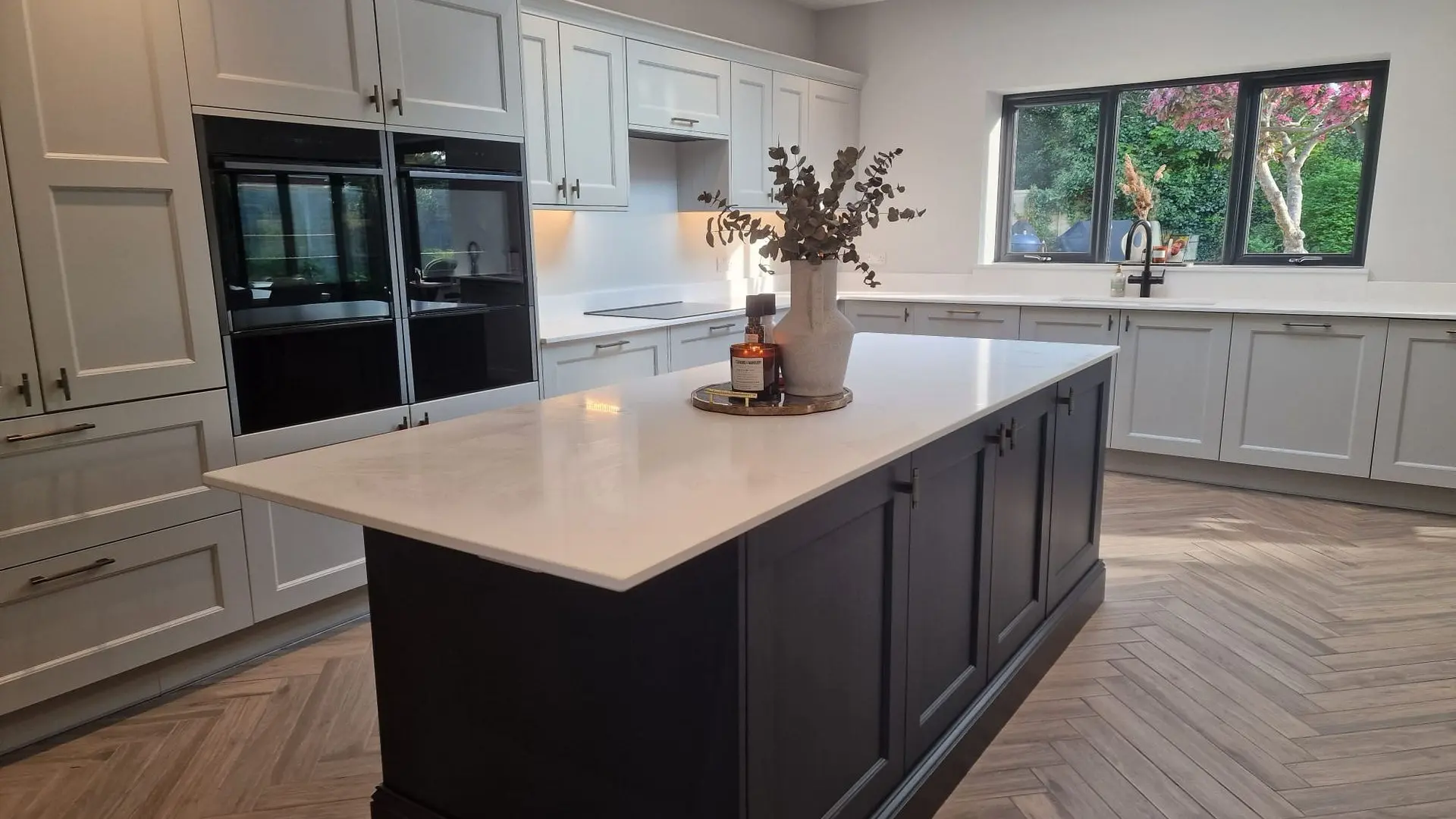Do you know the difference between porcelain tiles and ceramic tiles?
Here's a blog comparing the differences to help you on your tile choice journey.
Ceramic
tiles
|
Porcelain
Tiles
| ||||
Definition
|
A
tile made from clay that has been permanently hardened by heat, often having a
decorative glaze.
|
Porcelain
Tiles are often called Vitrified Ceramic tiles. The mix of materials and the method of firing makes a
very durable tile that have a low water absorption less than 0.5%. Its surface
is equivalent to glass.
| |||
Composition
|
|
| |||
|
|
| |||
Strength
|
|
| |||
Durability
|
|
| |||
|
|
| |||
|
Compared
to porcelain tiles, ceramic tiles offer low resistance to stains. If staining
material is not cleaned quickly, it may stain the tile permanently.
|
Porcelain
tiles are non-porous and are thus way more resistant towards stains than
regular ceramic tiles.
| |||
Anti-Slip
Properties
|
Ceramic
tiles are generally available with coarse textures and surfaces, which makes
them less slippery.
|
Porcelain
tiles have various different finishes. When used with water it is important to
select a tile with R11 +36 PTV anti-slip.
| |||
Texture/Finish |
|
Porcelain tiles come in all different finishes, with modern technology things are advancing all the time. From ribbed to grip, from polished to honed. The choices are endless. | |||
| Ceramic tiles have an additional glaze for strength. This adds protection to the tile. | Porcelain tiles do not need a glaze and are non porous so will not need sealing. | |||
Colours/Sizes | Ceramic tiles are available in all different shapes and sizes. | Porcelain tiles are available in many shapes and sizes from 3m x 1m to tiny mosaics. | |||
Water
Absorption
|
Ceramic
tiles have a low rate of water absorption of around 3%. Ceramic tiles are known
as mildly water absorbent.
|
Vitrified
tiles have a very low rate of water absorption, which is lower than 0.5%. This
makes them extremely less porous and less water-absorbent.
| |||
|
Ceramic
tiles have a PEI rating that is lower than porcelain tiles and normally sits
around 3-4.
|
Porcelain
Tiles have a PEI rating that is higher than ceramic tiles and sits around 4-5.
| |||
Installation
| Easy Installation | Easy Installation | |||
|
Ceramic
tiles have a high number of joints which makes them more difficult to maintain
and clean as compared to porcelain tiles. If not cleaned quickly and properly,
they may stain. They also will require sealing to ensure long term protection. |
The non-porous surface of a porcelain tile makes them impervious to stains. They are easy
to clean and maintain. They have very few joints which make cleaning easy and
quick.
| |||
Repair
and Replacement
|
|
Porcelain tiles may require professional help for repair and replacement. Replacing a
single tile is difficult.
| |||
Price
|
Ceramic
tiles are more affordable as compared to vitrified tiles.
|
Porcelain tiles are costlier than ceramic tiles.
| |||
| Preferred Use | We recommend using ceramic tiles for walls only as the tiles are porous |
Porcelain tiles are water-resistant and can be used indoors as well as outdoors.
|
Both porcelain and ceramic tiles have their pros and cons. So making the right choice for your area is important to make sure you save a lot of time, money and effort.
Knowing the difference between the two, ceramic and porcelain tiles is a question that keeps reoccurring and can be very confusing to customers. If you have any further questions please feel free to get in touch with our team!


Ceramic Vs Porcelain